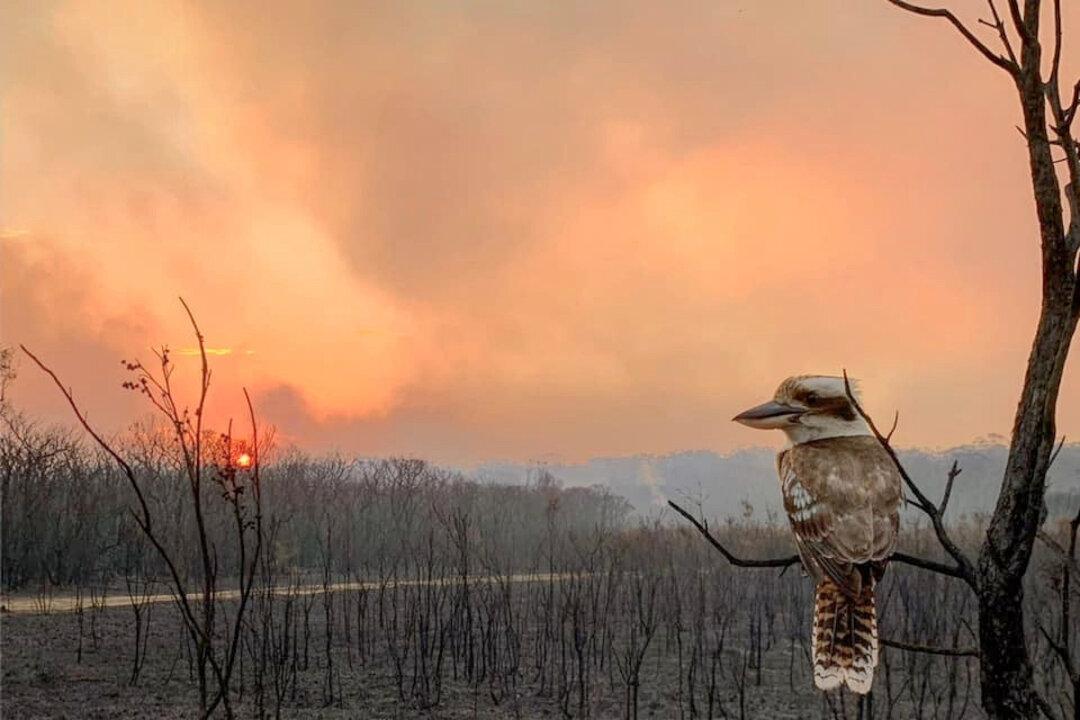Australia is home to over 750 native bird species but those numbers are facing a dramatic decline, with many of those species at higher risk of extinction.
In a first-of-its-kind study, the Australian National University (ANU) has shed light on the common traits shared by Australia’s most at-risk bird species, offering insights into the factors that heighten their threat of extinction.




